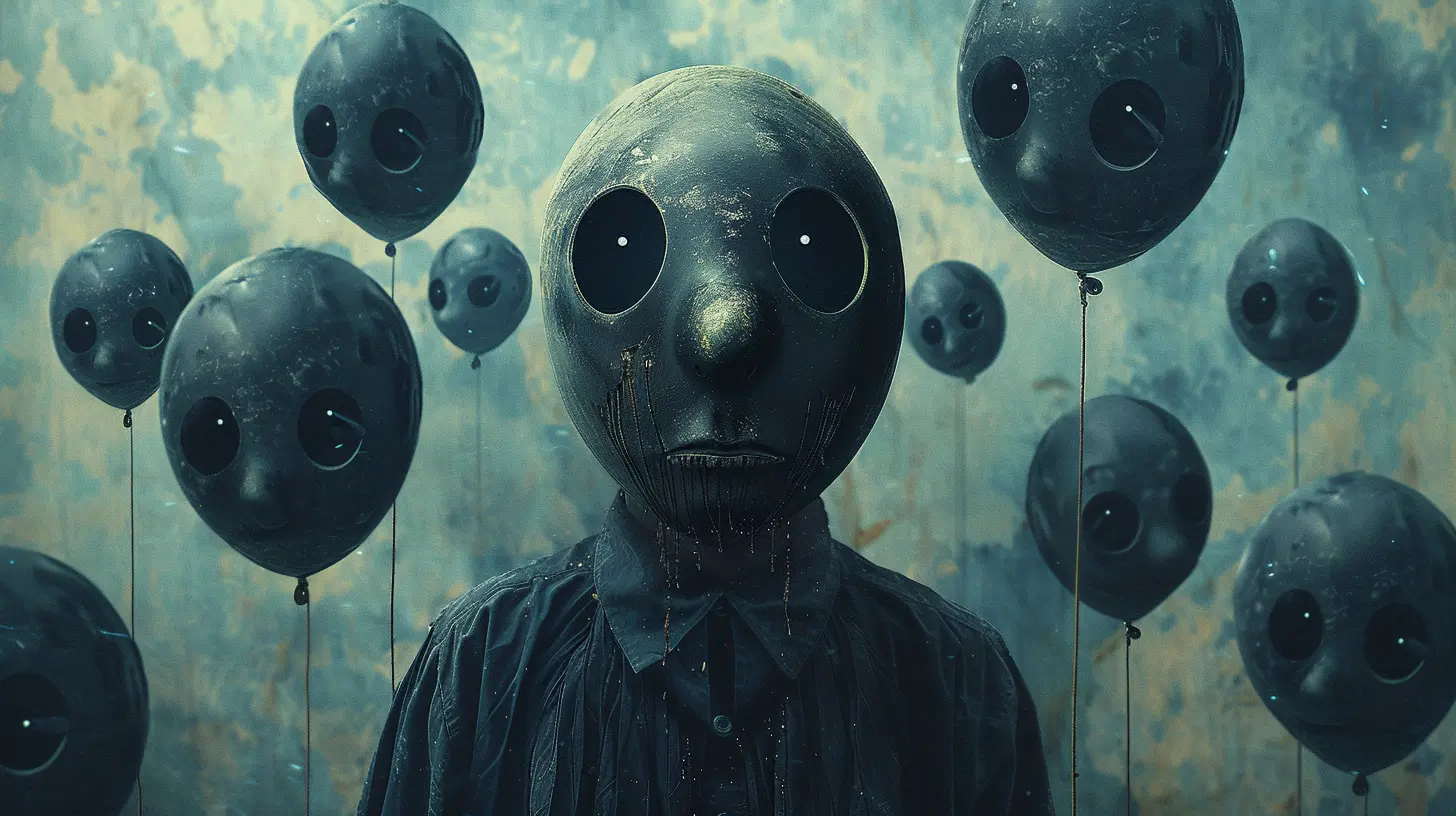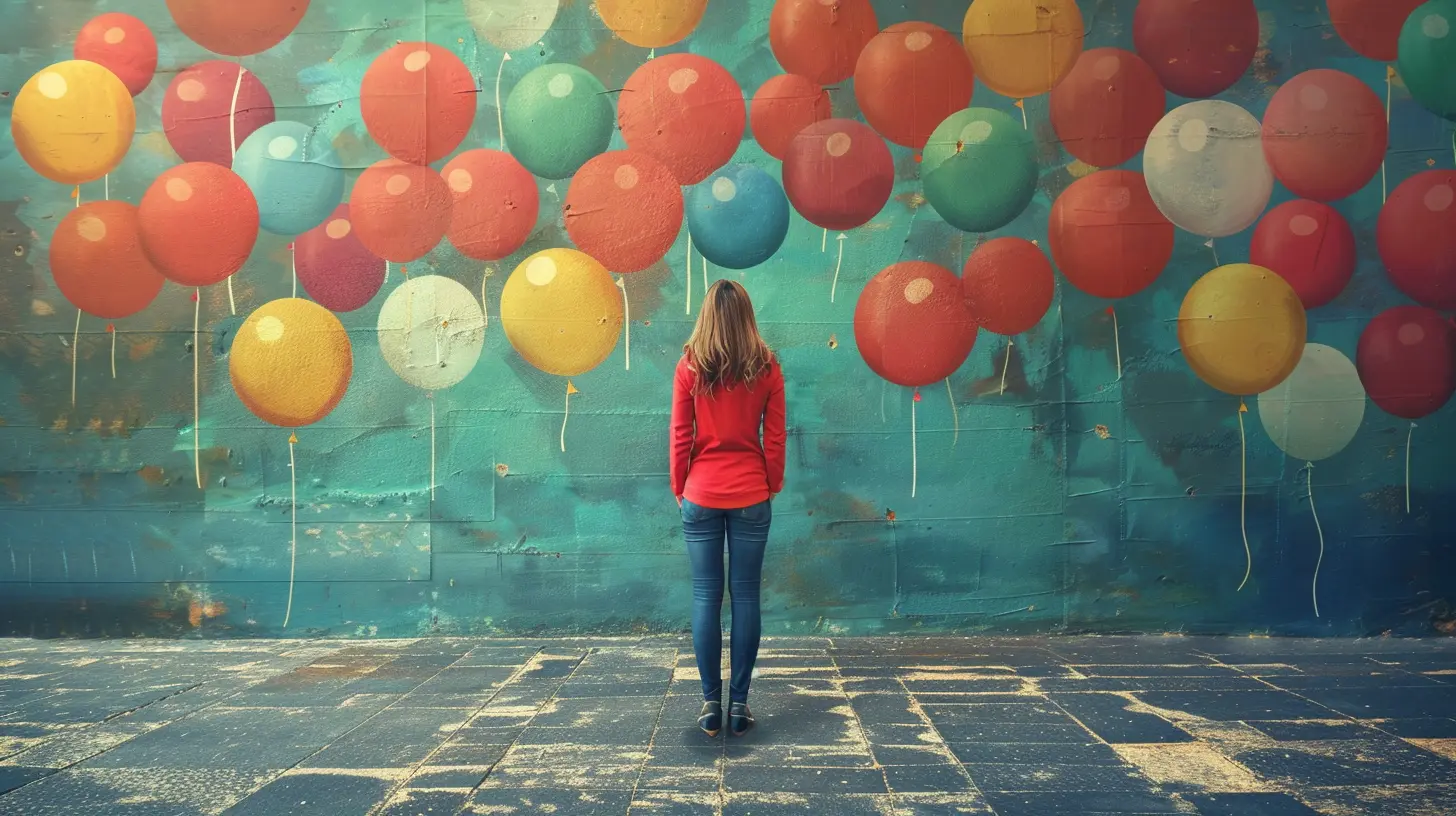The Strange World of Uncommon Phobias: From Fear of Buttons to Balloons
11 September 2025
Have you ever met someone who breaks into a cold sweat just looking at a balloon? Or maybe you’ve heard of a person who avoids wearing shirts with buttons like the plague? Believe it or not, these fears are very real—and they have names. Welcome to the bizarre, mind-bending world of uncommon phobias.
While many of us are familiar with fear of heights (acrophobia) or fear of spiders (arachnophobia), there's a whole universe of lesser-known phobias that are just as intense, just as real, and sometimes, downright strange. Let’s dive into the depths of the human psyche and explore some of these unusual phobias, what might cause them, and how people manage living with them.
What Is a Phobia, Really?
Before we go full deep dive, let’s get one thing straight: a phobia isn't just a strong dislike. It’s an intense, irrational fear of something that poses little to no actual danger. This fear can trigger a full-blown anxiety response—sweating, racing heart, nausea, even panic attacks.Phobias fall under the category of anxiety disorders. And while some seem understandable (I mean, who wants to hang out with a venomous snake?), others are so uncommon they sound almost made up—until you meet someone who actually lives with one.
Why Do Uncommon Phobias Happen?
Here’s the thing: our brains are powerful survival machines. They learn from past experiences—good and bad. But sometimes, they overcorrect.Maybe you saw someone pop a balloon as a child and it scared the life out of you. Or perhaps you had a negative experience involving buttons. Even witnessing someone else’s fear or going through something traumatic can plant the seed of a phobia.
Then there's the genetic factor—if anxiety runs in your family, you might be more prone to developing phobias. And let’s not forget how our brain likes to link unrelated things. One weird experience, and suddenly something totally random becomes a source of terror.
1. Koumpounophobia — Fear of Buttons
Yep, it’s a real thing. People with koumpounophobia can't stand buttons. We're not talking about avoiding a specific shirt—they may literally feel nauseous, anxious, or even panic at the sight or thought of buttons.This phobia grabbed the public’s attention when it was revealed that the late Steve Jobs couldn’t stand them. Whether it's the texture, appearance, or associations from childhood—buttons freak some people out.
Imagine trying to shop for clothes or go to school in uniforms that include buttons. For someone with koumpounophobia, that’s not just inconvenient—it’s downright terrifying.
2. Globophobia — Fear of Balloons
Balloons. Yes, those colorful, bouncy symbols of celebration that kids love at birthday parties are a nightmare to folks with globophobia.This fear is often rooted in childhood trauma—maybe a balloon popped near their face or they developed a fear of loud noises. The unpredictable nature of balloons (will they pop or won’t they?) keeps sufferers on edge.
Globophobia can make party planning (or even attending one) feel like a walk through a minefield. And don't even bring them near a helium tank—pure panic.
3. Trypophobia — Fear of Small Holes or Clusters
Okay, this one sounds like something made up on the internet, but it’s very real for a lot of folks. Trypophobia is an intense aversion to patterns of small holes or bumps—think honeycombs, lotus seed pods, or even sponges.People with trypophobia often report feeling itchy, disgusted, or physically ill when they see these patterns. While not officially classified as a phobia in diagnostic manuals, it sure behaves like one for those who experience it.
And if you’re thinking “that sounds oddly specific,” well… welcome to the strange world of the human brain.
4. Arachibutyrophobia — Fear of Peanut Butter Sticking to the Roof of the Mouth
That's a mouthful—no pun intended. Arachibutyrophobia is the irrational fear of peanut butter sticking to the roof of your mouth. And while it might sound quirky or humorous, it can be quite distressing.For some, this fear might stem from a choking incident or an aversion to sticky textures. Either way, people with this phobia tend to avoid peanut butter entirely—even the smell might trigger anxiety.
Let’s be real—peanut butter is sticky and weird. But for someone with this condition, it’s not just uncomfortable. It’s terrifying.
5. Nomophobia — Fear of Being Without a Mobile Phone
Now here’s a modern-day phobia we can all probably relate to just a little bit. Nomophobia is the intense fear of being without your mobile phone.This isn't just “ugh, I forgot it at home”—we’re talking full-blown panic. People with nomophobia might feel isolated, anxious, and even physically unwell when they can’t access their phones.
In our always-online world, this phobia is on the rise. And let’s face it, our phones are like digital security blankets. But when that attachment crosses into fear territory? That’s when it becomes a problem.
6. Ergophobia — Fear of Work or the Workplace
Ever feel like calling in sick because the idea of going to work gives you a stomach ache? Now imagine feeling like that every day. That’s the reality for people with ergophobia.This phobia can be tied to performance anxiety, fear of social interactions at work, or even trauma from past employment. It’s not laziness—it’s an overwhelming, paralyzing fear.
Living with ergophobia can have a huge impact on someone’s livelihood, self-esteem, and relationships. It’s not just about procrastination—it’s about survival.
7. Phobophobia — Fear of Having a Phobia
Wait... what?Yes, phobophobia is the fear of fear itself—or more precisely, the fear of developing a phobia. Individuals with this condition may avoid new experiences or situations simply because they’re afraid it might trigger anxiety or a new phobia.
It’s a vicious cycle—worrying about worry. Imagine having anxiety about having anxiety. It’s like being stuck in a mental hall of mirrors.
8. Genuphobia — Fear of Knees
Yup, knees. Some people find them horrifying—whether it’s their own legs or someone else’s. Genuphobia can stem from a traumatic injury, surgery, or something as simple as a bad scrape as a kid.For those with this phobia, seeing exposed knees can elicit extreme discomfort or anxiety. They might wear long pants year-round or avoid places like beaches and swimming pools.
It might sound odd, but hey—the brain has its reasons.
9. Xanthophobia — Fear of the Color Yellow
And just when you thought things couldn’t get any weirder—xanthophobia is the fear of the color yellow. This can include yellow flowers, pencils, clothing, or even sunlight.Like many specific phobias, xanthophobia could be linked to a traumatic event involving that color. Or it might stem from negative associations or sensory processing issues.
Either way, it’s more than just a color preference—it's a serious emotional disturbance for those affected.
Can You Treat These Phobias?
Short answer? Yes. The good news is that most phobias, even the weirdest ones, can be treated or managed effectively.Here are a few approaches:
Cognitive Behavioral Therapy (CBT)
CBT helps people change negative thought patterns and gradually face their fears in a safe, controlled way. It’s one of the go-to therapies for phobias.Exposure Therapy
This involves slowly and repeatedly exposing a person to the object of their fear—starting small and building up. Over time, the fear response lessens. Think of it like building mental “immunity.”Medication
Sometimes, antidepressants or anti-anxiety meds are prescribed to help manage symptoms, especially when the phobia is severe.Support Groups
Talking to others who face similar fears can reduce the feeling of isolation—and sometimes humor helps too. Laughing about your fears (when you’re ready) can take away their power.Living with an Uncommon Phobia
If you’ve got one of these rare phobias, you’re not alone—and you’re not broken. The brain is complex, and how it handles fear varies from person to person.The key is understanding, compassion, and seeking help when the phobia starts to interfere with your life. And if someone you care about has an unusual fear—don’t mock it. Support them. What seems silly to you could be a daily battle for them.
Wrapping It All Up
Life’s a quirky, curious ride—and our brains add to the madness in all sorts of ways. Uncommon phobias like fear of buttons or balloons might sound bizarre, but they’re valid, real, and often deeply rooted in personal experience.At the end of the day, fears remind us that we’re human. And even if those fears are a little strange, they’re part of what makes our inner worlds so fascinating.
So next time someone tells you they can’t go near a sponge or wear a button-down shirt—maybe don’t laugh. Just say, “Hey, I get it.” We’ve all got our things, right?
all images in this post were generated using AI tools
Category:
PhobiasAuthor:

Matilda Whitley
Discussion
rate this article
1 comments
Lanae Larsen
Who knew a fear of buttons could be more gripping than a horror movie? The mind is a bizarre playground, folks! So, next time you see someone dodging balloons like they’re the Grim Reaper, just remember: their phobia is as real as your fear of sharing your Netflix password!
September 11, 2025 at 2:37 AM

Matilda Whitley
Absolutely! Phobias can be surprisingly intense and often more relatable than we realize. It's a reminder of how uniquely our minds work!


